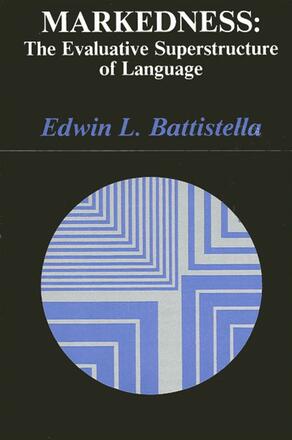
Markedness
The Evaluative Superstructure of Language
Alternative formats available from:
Description
Battistella traces the development of markedness theory as a central part of structuralist theories of language. He outlines the concepts of marked and unmarked from Prague School structuralism to present day applications in linguistic theory and cultural analysis, using the reference point of English grammar and sound structure.
The author focuses on the fundamental asymmetry between terms of linguistic relationships, in which one term is more broadly defined and hence dominant (the unmarked term) while the other is more narrowly defined (the marked term). In addition to examining language-particular markedness relations evident in the structure and history of English, Battistella raises questions concerning universal asymmetries as well. He discusses the status of markedness as a unifying concept of linguistic structure and as a principle of language change.
Edwin L. Battistella is Associate Professor of English and Linguistics at the University of Alabama at Birmingham.
Reviews
"This work cuts across a large number of theoretical positions and shows how markedness interacts with them. Battistella integrates a great deal of material including new theories of language organization brought into comparison and relationship with older theories in insightful ways. " — Margaret E. Winters, Southern Illinois University